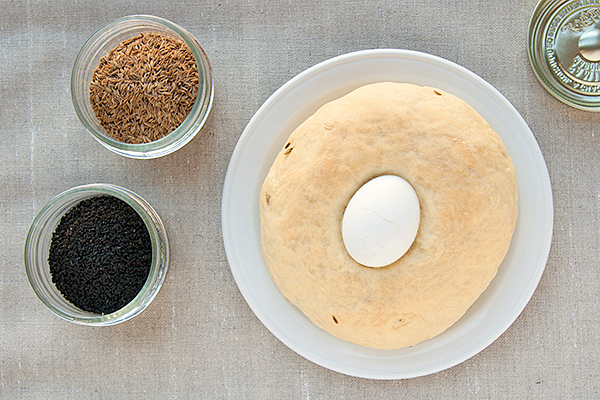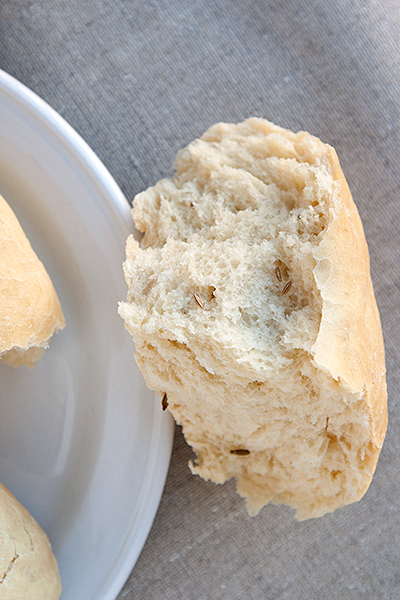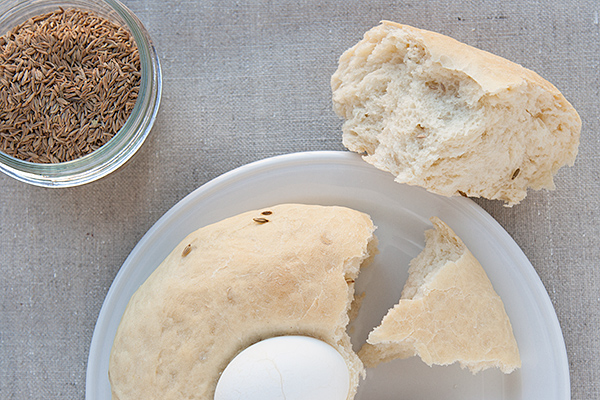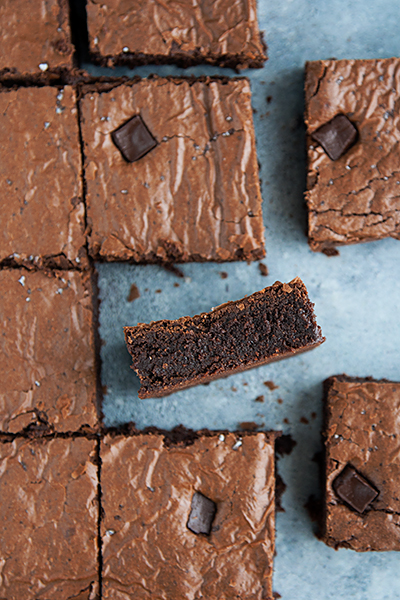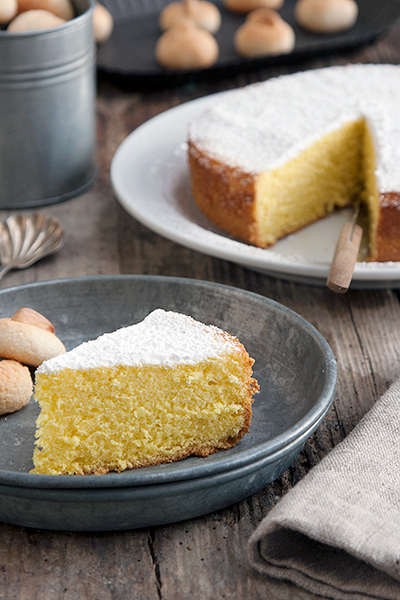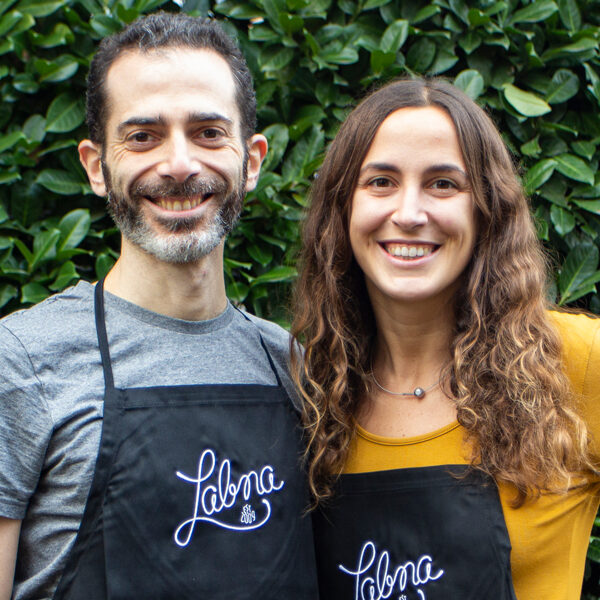Mimouna egg bread
At the end of the Jewish holiday of Passover, the Jews of North Africa, scattered in many places all over the world, including Italy, by anti-Jewish prosecutions, celebrate a very special festivity called mimouna. The mimuna meal marks the fact that we can finally eat bread after the end of Passover, but also the arrival of Spring.
The origin of the word mimouna is very uncertain. It seems that the word originates from the term that in Hebrew means faith (emunah), but some think that the word originates from the name of Maimon (or Rambam), one of the most famous philosophers in Jewish history.
The holiday begins after sunset on the last day of Pesach.
In many communities, Jews received from their neighbors, particularly Muslims, baskets of flour, buckwheat, and yeast to prepare bread at the end of Pesach, when Jews did not have the necessary ingredients because of the holiday ban on leavened foods.
Jews, in return, opened their homes to visitors, preparing tables full of sweets, cakes, and other products of symbolic significance.
The mimouna festival began with bread baking. The whole family attended this ceremony, expectantly waiting for the fresh bread, much craved after a week of eating matza.
In Libya, where my family comes from, Jews prepared a type of bread that went by the same name as the festival, mimouna. It is a simple, yet very flavorful bread, full of delicious and aromatic seeds, with a boiled egg placed in the middle. The egg is a symbol of the circularity of time and the renewal of life.
Women used to prepare a medium-sized bread bun for each family member, to give everyone a special blessing, but one to share is sufficient.
Breads like these, often featuring that very same egg in the middle, are very common throughout Mediterranean countries. In the Christian world, they were part of the Easter celebrations, and they can still be found in many places such as Italy (Sicily, Apulia, Calabria, Campania in particular), Greece, and Eastern Europe. Eggs are a recurring ingredient in many recipes during the Easter season, because in Christianity they represent the empty tomb of Jesus, while in other religions, even the most ancient ones, they are a symbol of fertility and rebirth.
Are there any recipes, in your family’s tradition, that require this symbolic union of bread and eggs? I would be very happy to read some in the comments.
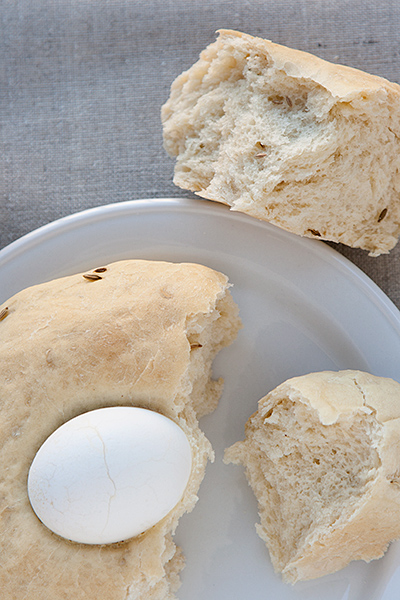
Mimouna egg bread
Ingredients
- 1 kg all-purpose flour
- 2 packets active dry yeast
- 1½ cup sugar (optional)
- 1 cup peanut or sunflower oil
- 1/2 quart water
- 1 teaspoon fennel seeds
- 1 teaspoon onion or black cumin seeds
- 2 tablespoons raisins (optional)
- 1 teaspoon sesame seeds (optional)
- 1 teaspoon salt
- boiled eggs to decorate
Instructions
- Dissolve the yeast in a large bowl with water.
- Slowly pour in the bowl sugar, oil, salt, seeds, and flour a little at a time, because you may not need to use it all, depending on the weather conditions and many other unforeseeable factors.
- When the dough comes together and no longer sticks to your hands, knead it well on a floured surface for 5-10 minutes, then transfer it to a slightly greased bowl and let it rise for at least one hour (even two if you want) covered with a damp cloth, until it doubles.
- When the dough rises to the fullest, prepare some molds in your favorite size and place on a tray covered with parchment paper.
- With the help of your fingers or a wooden spoon, open a hole in the center of each loaf of bread and place a well-washed and brushed hard-boiled egg. Let the bread rise for another half hour, and then place it in the oven, already preheated to 180° C.
- The bread is ready when the surface takes on a nice color and the bread base is solid. The cooking times vary according to the size of the loaf; about half an hour should be enough.
- Let the bread cool on a wire rack for about half an hour before slicing it.


